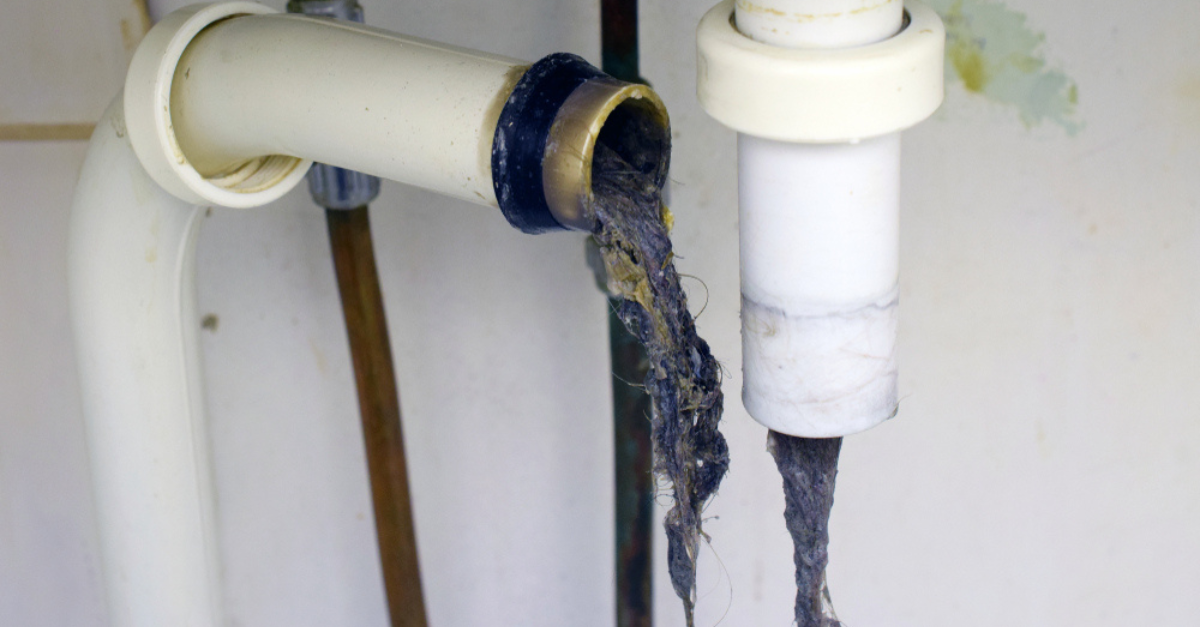Unmasking the Intricacies of Modern Automotive Cooling Systems
Introduction: The heart of every vehicle, the engine, generates enormous heat, which if uncontrolled, can lead to serious engine damage. This is where the automotive cooling system, an unsung hero in car mechanics, steps in. This article delves into the intricate design and operation of modern cooling systems, revealing their critical role in maintaining engine health.

The Evolution of Vehicle Cooling Systems
The journey of vehicle cooling systems dates back to the early 1900s when engineers realized the need for heat management in vehicles. Initially, air-cooled systems were the norm, relying on natural airflow over the engine to dissipate heat. However, with the advent of more powerful engines, the air-cooled systems were no longer efficient, necessitating the shift to liquid-cooled systems.
In today’s modern vehicles, liquid cooling systems are predominant. These systems use coolant, a mixture of water and antifreeze, to absorb heat from the engine and dissipate it through the radiator. The evolution of cooling systems has seen the introduction of advanced features like thermostats for temperature regulation, and electric fans for enhanced airflow.
Understanding the Components of a Cooling System
The modern vehicle cooling system comprises several components, each playing a critical role in heat management. The main components include the radiator, thermostat, water pump, coolant, and various hoses and pipes.
The radiator, often situated at the front of the vehicle, acts as a heat exchanger, cooling the heated coolant from the engine before it’s recirculated. The thermostat, a valve, regulates coolant flow based on engine temperature. The water pump propels the coolant through the system, while the hoses and pipes act as pathways for the coolant.
The Role of Coolant: More Than Just a Heat Absorber
The coolant’s role extends beyond just heat absorption. It also acts as a lubricant for the water pump and prevents rust and corrosion inside the engine. Moreover, the antifreeze in the coolant prevents it from freezing in cold weather, ensuring the cooling system operates efficiently all year round.
The Impact of Cooling Systems on Vehicle Performance
A well-functioning cooling system is essential for optimal vehicle performance. Overheating can lead to engine damage, costly repairs, and even catastrophic engine failure. Conversely, if the engine runs too cold, it can lead to inefficient fuel consumption and increased emissions. Thus, maintaining the engine at the right operating temperature is crucial for both performance and environmental considerations.
The Challenges and Innovations in Automotive Cooling Systems
Despite advancements, automotive cooling systems still face challenges. For instance, air trapped in the system can lead to overheating, while leaks can lead to coolant loss and system inefficiency.
However, innovations are underway to address these issues. For instance, self-bleeding cooling systems that automatically remove trapped air are gaining popularity. Moreover, advancements in coolant technology promise extended life and improved performance.
In conclusion, while often overlooked, the automotive cooling system plays a crucial role in vehicle performance and engine health. As automotive technology continues to evolve, we can expect to see more advancements in cooling system design and efficiency. Just as the engine is the heart of a vehicle, the cooling system is the lifeblood that keeps it running smoothly.




